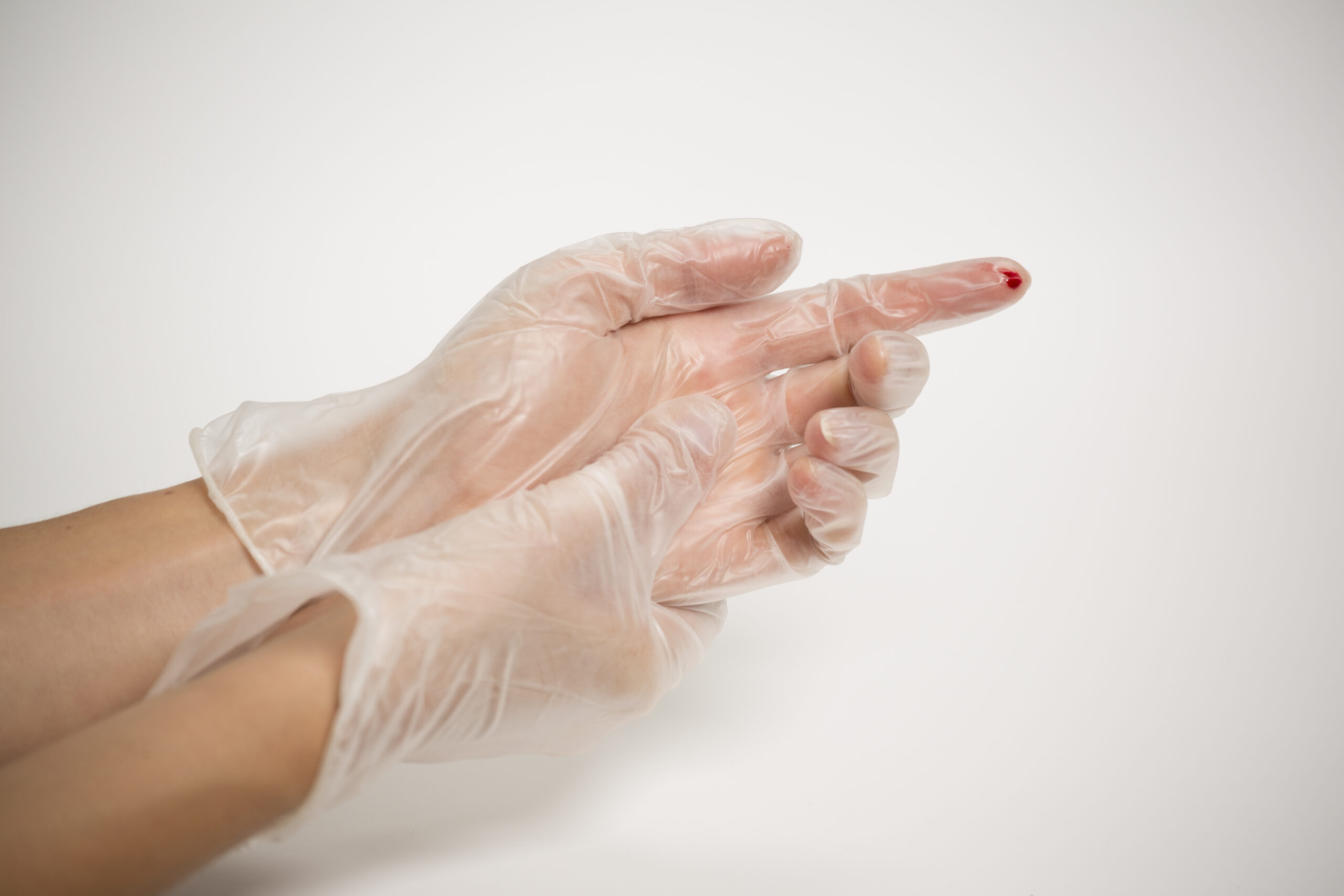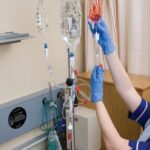Needlestick injury safety, according to an occupational hygienist
In this interview series, you will hear first-hand experiences of how hospitals are protecting their staff, managing reporting, implementing risk assessment procedures and how safety-engineered devices are being implemented to help meet the challenge of needlestick injuries.
The following video in the series features Occupational Hygienist Zita Kolder from Erasmus MC in Rotterdam, The Netherlands.
1. What risk assessment procedures do you use?
Following a needlestick injury, Ms. Kolder explains it is important to know the underlying cause behind the incident. To determine this, her hospital uses a risk assessment procedure called “The five whys.” By listening to healthcare workers describe the incident, observing the work area and asking “why,” they are able to uncover the source and the underlying cause.
She explains that there is usually never just one cause, but many, and the fault is never placed on the healthcare worker. “The five whys” help her define improvement measures for management and determine what went wrong in the hospital organisation.
2. How did you implement safety-engineered devices?
Ms. Kolder explains that introducing SEDs at Erasmus MC was a huge project. We started by informing their staff about the new procedures being introduced and the aim of the project—before providing the actual devices.
Next, super users were trained with the new equipment. We then trained other staff members and helped with implementation. BD provided detailed training on each of the safety needles. BD later returned to see how things were going and answer questions. According to Ms. Kolder, it was an effective implementation method for such a large hospital.
3. How do you think safety-engineered devices could be improved?
Ms. Kolder also shares the improvements they would like to see in the design of safety-engineered devices, based on comments received from their users.
Receiving feedback directly from healthcare workers like Ms. Kolder is extremely valuable to BD. We are constantly striving to make available the materials and support which enable healthcare workers to provide optimal patient care while helping ensure their safety.
To hear Ms. Kolder’s recommendations, watch her interview.
Disclaimer: The statements, opinions and advice contained or expressed in the video are those of the respective presenter(s) and they do not necessarily reflect the views of BD.
References
BD 66116




